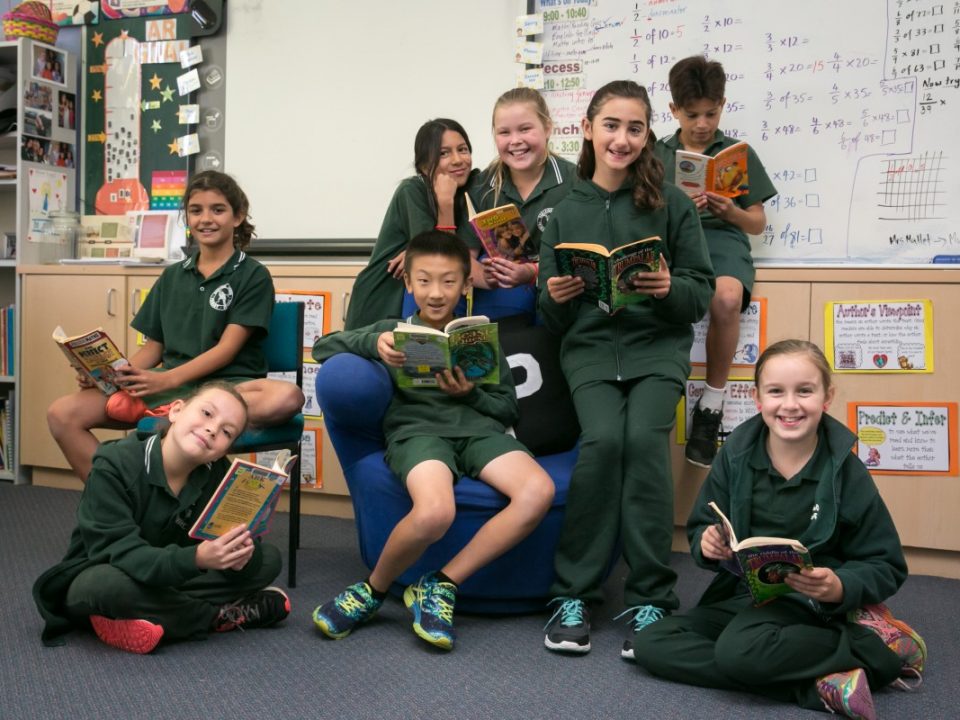Response to Intervention (RTI)
What is Response to Intervention?
Response to Intervention (RTI) is a multi-tier approach to the early identification and support of students with learning or behavior needs. This framework systematically determines how well instruction is working, identifies which students whose needs are not being met, and makes adjustments to accelerate learning for all.
The goal is accelerated growth for all
The Response to Intervention model is often illustrated as a triangle with several levels. These represent actions, not classifications (one might say, “students in need of Tier 2 intervention,” but never “a Tier 2 intervention student”). Students may move between the tiers as their assessment results fluctuate throughout the year.

The point of Response to Intervention is not to bring every student into a standard normal distribution curve—instead, the point is to move the curve and accelerate learning for all students.
What do I need for Response to Intervention?
Renaissance assessment and practice programs have been heavily researched to validate their use in your framework.
Ongoing student assessment

High-quality classroom instruction
Response to Intervention helps you
- Identify which students are in need of intervention
- Deliver reading practice at the right level of challenge and success so students grow
- Foster understanding of what each child’s strengths and weaknesses are so you can communicate those with parents
By helping every student grow
An ideal RTI solution provides the resources needed for a successful intervention:
- Programs that are highly rated by the National Center on Intensive Intervention
- Quick assessments designed to keep students engaged with questions at just the right level of challenge
- Deep practice designed to support intervention efforts
- Learning progressions that tell you exactly what student know and what to teach next, with resources embedded to guide instruction
Plus, it’s proven effective by research.



